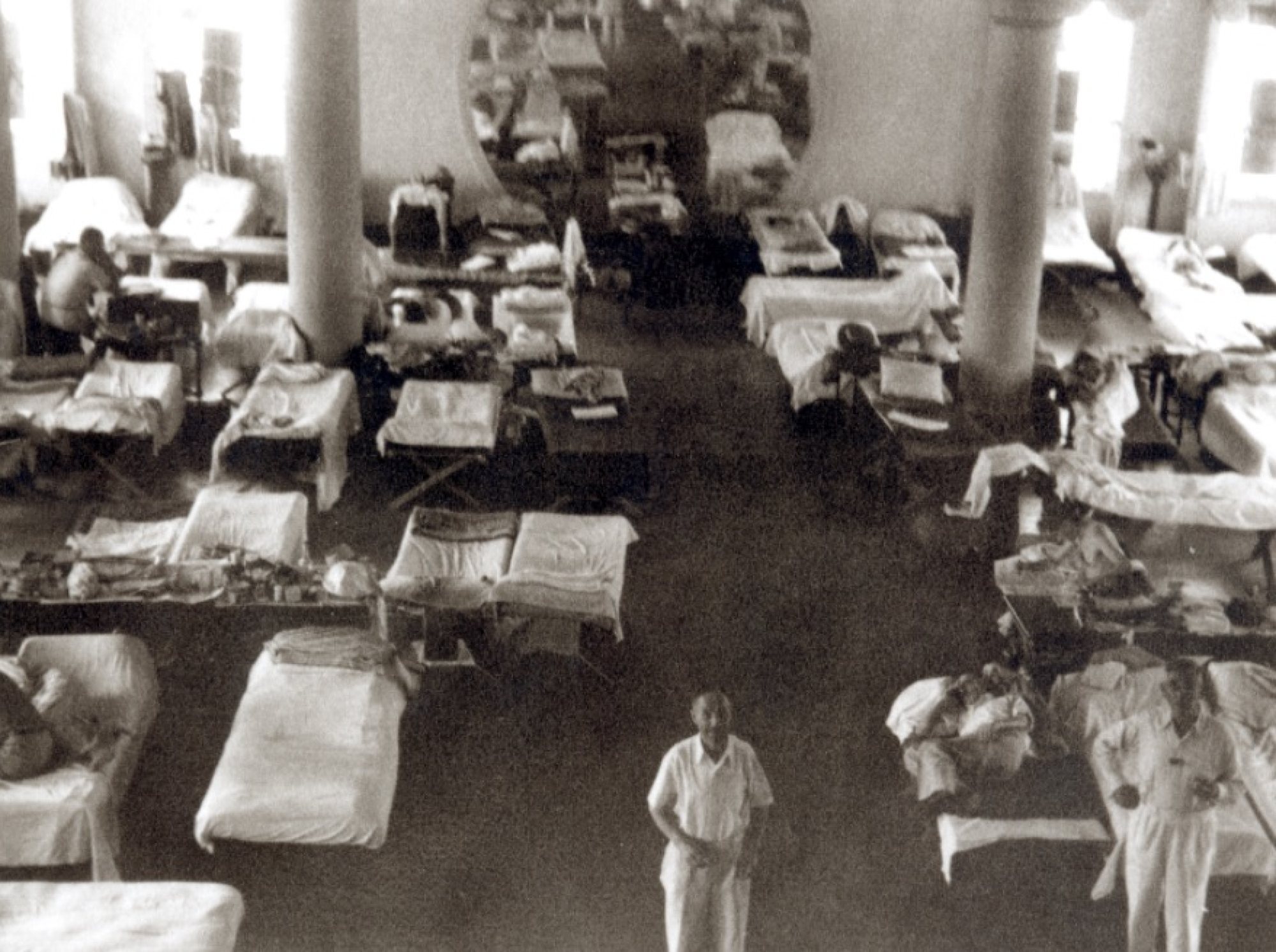
Why Jewish refugees in World War II Hong Kong endured torrid times, as new research reveals their complicated stories
- Hong Kong was primarily a port of transit for Jewish refugees during the war, but they faced discrimination both as refugees and for their nationalities
- An exhibit by the Goethe-Institut Hong Kong unveils new research from the Hong Kong Heritage Project on refugees’ experiences in the city during that period
A new exhibit hosted by the Goethe-Institut Hong Kong shines light on previously little-known experiences of European Jews fleeing Nazi persecution during World War II.
The exhibit, called “Jewish Life in Germany and Escape Destination Hong Kong”, opened on November 11 and features a variety of multimedia content and information exploring the lengthy history of Jews in Germany.
It begins with the first documented mention of Jewish life in the region under the Roman Empire in the fourth century AD, and briefly presents the modern history of Jewish life in the country, including the Holocaust genocide under Nazi Germany and the present return of Jewish life in the country.
The event ties into Hong Kong’s history by presenting new research unveiled by the Hong Kong Heritage Project, which reveals a complicated story surrounding Jews from Germany and Austria fleeing Nazi oppression and coming to Hong Kong.

Photos of historical moments and copies of transit documents are on display, with a look into the short, but intense, history of Jewish World War II refugees in Hong Kong.
According to Amelia Allsop, who curated the Hong Kong part of the exhibit based on research for her doctorate, the city was primarily considered a transit hub for European Jews before, during and after the war who were heading to other British colonies, as well as to Australia, the United States and, after its foundation in 1948, Israel.
Mystery of Jewish gangster who spied for the Japanese in Shanghai
“Hong Kong was a port of transit for Jewish refugees, a place of short-term settlement, a place of incarceration, internment and banishment, and then post-war it was a place of transmigration,” Allsop says.
Many of the earliest German and Austrian Jewish refugees arrived in Hong Kong in 1938 and 1939 as the war was just beginning in Europe. Some had already faced Nazi internment, and were given a rare opportunity to leave the region, an experience which was later phased out of all Nazi concentration camps.
But Jewish refugees in Hong Kong faced a variety of difficulties, experiencing discrimination both as refugees and for being German and Austrian nationals, enemies of the state due to the Axis alliance. Many faced internment at La Salle College in Kowloon as enemies of the Allies – alongside Nazi Party members themselves.
As refugees, it wasn’t a linear route to escape. It was a back and forth between Shanghai, interned in Hong Kong – it wasn’t an easy life after refugees left
When the Japanese arrived, some of the remaining Jewish refugees fought alongside the British. A small number, as Germans and Austrians, were forced to work for the Japanese.

By the end of the war, most of the Jewish refugees left in Hong Kong had fled to Macau as the situation in Hong Kong worsened.
“As refugees, it wasn’t a linear route to escape,” Allsop says. “It was a back and forth between Shanghai, interned in Hong Kong – it wasn’t an easy life after refugees left. They had to start again, leave behind everything they knew, and then they were uprooted again in Hong Kong.”
Another part of the exhibit, a mixed-media installation titled “Qing” by Simon Wachsmuth, explores memory, migration and culture.
“Jewish Life in Germany and Escape Destination Hong Kong”, Goethe-Institut Hong Kong, Hong Kong Arts Centre. Until Dec 11.
